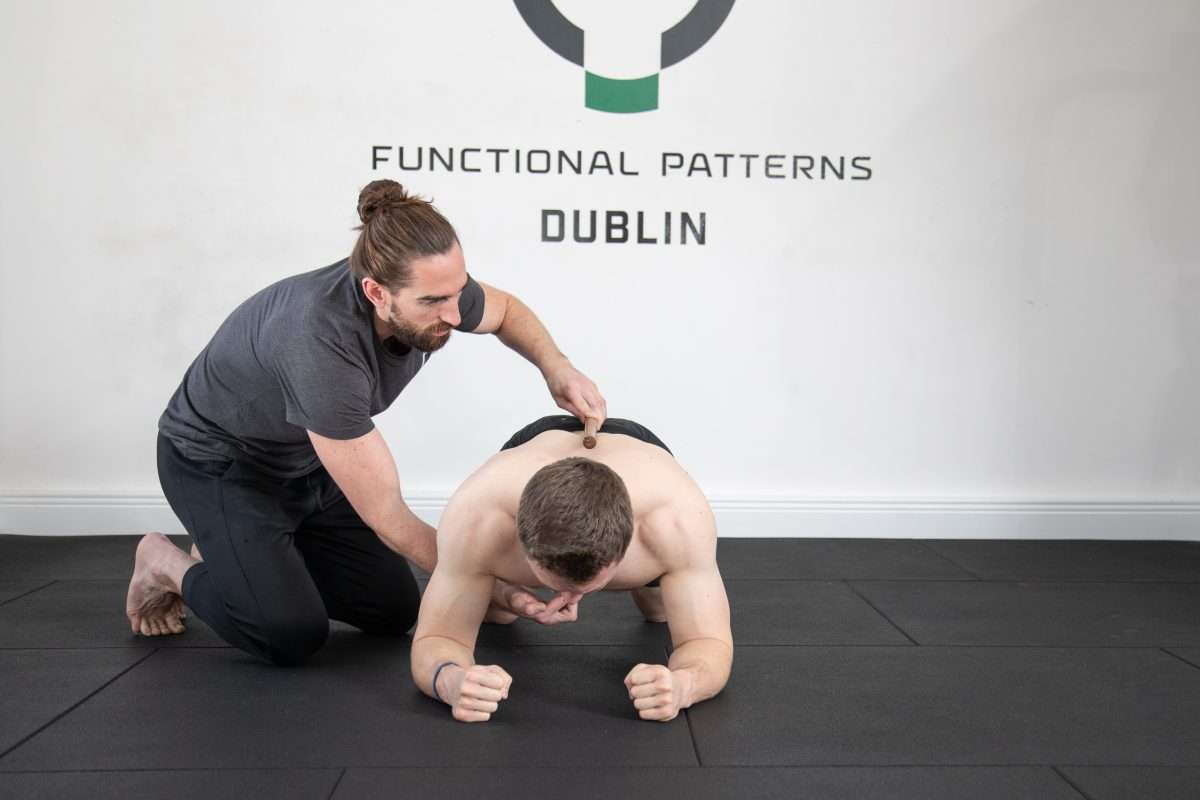
24 Mar What are Functional Patterns Fundamentals?
Functional Patterns Fundamentals form the basis of the first few sessions when a new clients starts with us. Though this is quite broad, we can break these fundamentals into a few categories of exercises in order to better understand how we start the process.
The Pillars of Posture
In order to stand with good posture certain pillars must be in place.
- Legs
- Core
- T-Spine (upper back)
These areas, when balanced allow our bodies to hold good structural integrity, and are a crucial starting point if we plan to improve how we move. We do exercises that focus on each of these pillars in a variety of ways like plank variations, bridges, hinges, rows and presses, working to improve natural tendencies the body has and look for compensatory patterns. This can initially be challenging for two main reasons.
Body Control and Body Know How
What we mean by body control is how well someone can move and control different areas of their body. Unlike most traditional approaches which are hyper focused on the muscles, we are more focused on functions of the body and being able to clean up compensatory movement patterns.
Rather than using language like “squeeze this” or “engage that” as most trainers and physiotherapists might, we use language like “rotate your pelvis” or “bend your knee” to position the body in a way that allows muscles to do what they have naturally been designed too.
In order to do this without compensation we must gain good body control first and foremost. During initial sessions, we will be guiding you into these positions and away from the tendencies your body has that are not optimal.
Over time you should start to get better control of how you move, and secondly, better body know how in terms of understanding where you need to position your body. These steps can take time depending on a clients background and ability to learn, but are a really important initial step.
Corrective vs Dynamic
Initially, These fundamental exercises can be classified as more corrective in nature. We need to understand these mechanisms in a slower, controlled environment, in order to make sure we are executing with good technique.
Once we see competency here, we can start to push the body into dynamic movement scenarios to see how well the upgrades we have made in the corrective context hold up in more high speed situations.
This process is updated continuously as we train someone and move towards more advanced Functional Patterns techniques. We aim to educate people on how their body should function, and give them clarity as to where they need to improve so that they can get the most out of their training outside of what we do in our sessions.